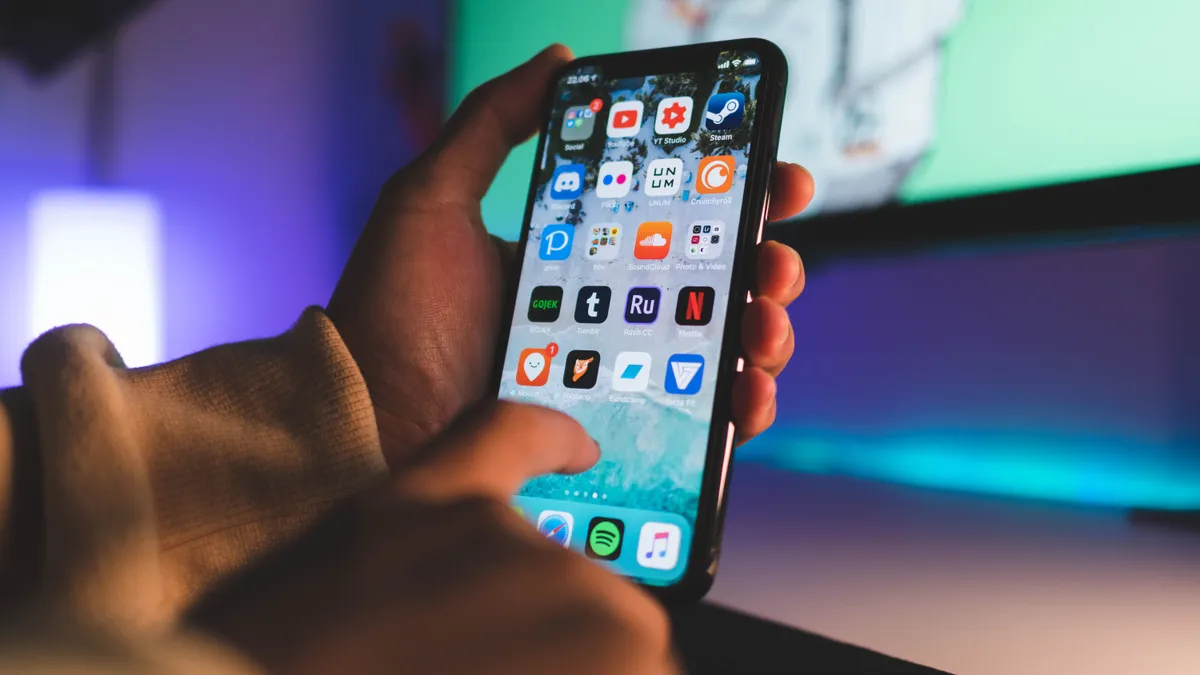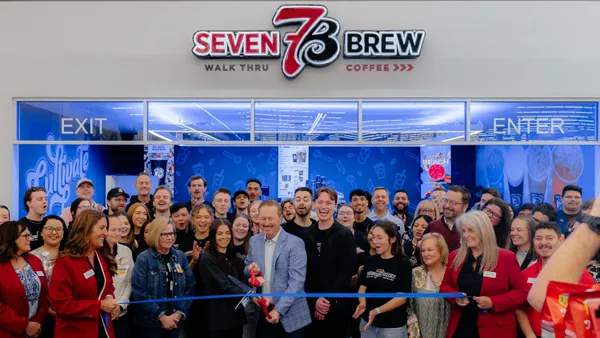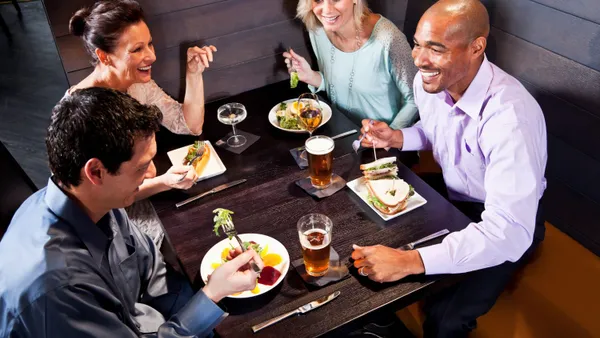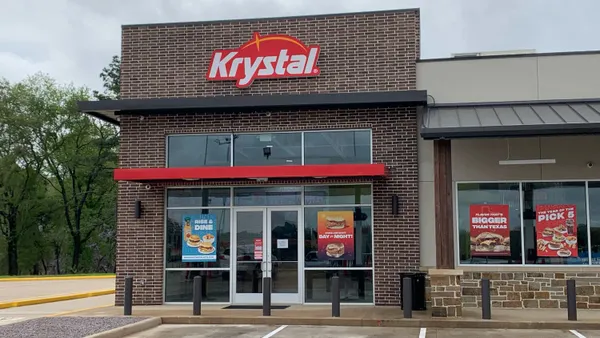Dive Brief:
- Restaurants have increased pickup integration on mobile apps by 6% in the last year, according to a new report from Gartner emailed to Restaurant Dive. Sixty percent of pickup-enabled apps connect users to their favorite or nearest locations.
- Restaurants should focus on optimizing pickup functionality on apps, providing clear instructions and updates to ease any check-out related problems on-premise, according to the report. Being flexible with pickup times and communicating every step of the order transaction will also garner favor.
- Because most consumers cite time savings as their reason for choosing pickup, restaurants should also strive to reduce wait times. Over one-quarter of restaurant apps require users to check in before receiving their order instead of having it ready upon arrival.
Dive Insight:
Restaurants are relying on apps to engage with customers and to offer new features that boost loyalty, such as rewards programs, targeted promotions and easy ordering capability. The main reason that most consumers choose to pick up an order as opposed to having it delivered or dinging in is to save time, making ease-of-use and functionality the most important aspects of a brand's pickup offering, according to the report.
Reducing wait times for pickups will likely be an increased priority. Ninety-five percent of consumers indicated that having their order ready on time is the most important aspect of using an in-store pickup feature, according to the report. If a customer has to check in to receive their order, however, then time savings may be lost and the experience may leave a bad taste in their mouth. So far, Taco Bell is leading the pack with average wait times of less than two minutes. It's accomplished this feat in part by allowing app users to click a button in the app called "I'm here early — make my food now." It also communicates live updates regarding order progress to users.
Despite the 91 million app downloads last year and restaurants partaking in high-profile campaigns to generate downloads, 20% of apps showed monthly usership decline since 2018 as consumers failed to find a reason to keep coming back and using the app. A few brands are trying to enhance the stickiness of apps through order personalization features, customization options and better pickup and delivery systems providing updates on order progress. Taco Bell recently deployed AI technology in its app to boost personalization, for example.
Brands have been trying to boost their pickup functionality on websites as well as apps. Not everyone wants to download an app or feels confident navigating an order transaction via smartphone. Del Taco, KFC and Shake Shack are a few examples of brands that added pickup ordering capabilities to their mobile sites within the last two years.
Still, pickup adoption rose to 81% in 2019 from 75% in 2018 across apps compared to only 70% on mobile sites, showing a slight preference among consumers for using their smartphone. This could also be due to the convenience and ease-of-use that smartphone-based ordering enables. Apps also enable restaurants to communicate more effectively with a user throughout the pickup transaction, from the moment the order is placed until it is completed.
Compared to pickup offerings, delivery makes up a smaller portion of adoption, but is growing quickly. Delivery via mobile site jumped 11% from an adoption rate of 25% in 2018 to 36% in 2019, while delivery through a mobile app climbed 10% from 24% in 2018 to 34% in 2019.
Delivery is a more difficult proposition for restaurants and some users may be more keen to pick up their orders to avoid delivery fees, room temperature food or incomplete orders. Delivery is also typically a more expensive proposition for the retailer, who either has to bear the cost of a third-party courier service or reallocate labor to completing the delivery transaction from its existing labor pool.













